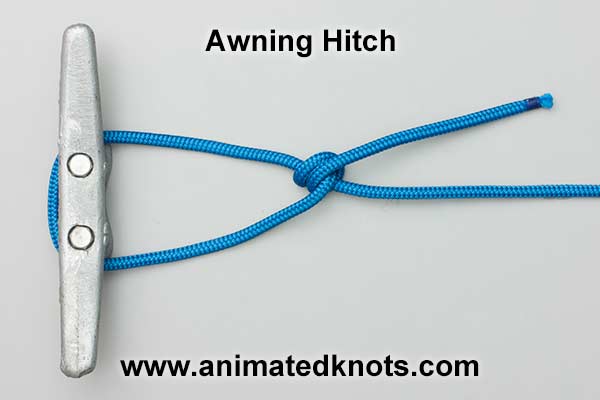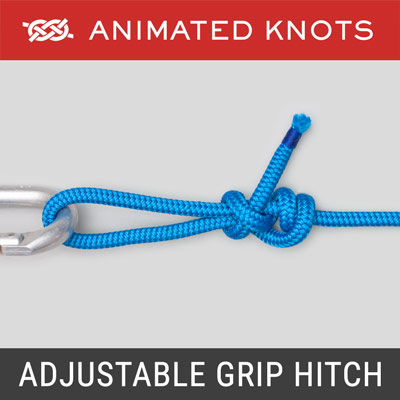The rolling hitch is a knot see also magnus hitch used to attach a rope to a rod pole or another rope a simple friction hitch it is used for lengthwise pull along an object rather than at right angles the rolling hitch is designed to resist lengthwise movement for only a single direction of pull.
Awning hitch knot.
It s uses are many but the most common use is to firmly tighten the guy lin.
However the midshipman s hitch is in fact a superior knot to use for this purpose midshipman s hitch.
I see no use for it.
This knot is used to tye guy ropes to tent poles.
Andrew skurka on june 29 2012 at 12 02 pm.
A common usage while sailing is for rigging a stopper to relax the tension on a sheet so that.
The taut line hitch is arguably one of the most useful knots around any campsite.
The completed midshipman s hitch is also more secure than the tautline.
But is is inferior to the tautline hitch the only reason i have included it in the elementary hitches is because its topology places it there.
Midshipman s hitch v s taut line hitch.
Reversed half hitches.
As soon as the tuck is made the knot is stable as an awning hitch picture on left abok 1798 p 304.
Please let me know if you know an application where this knot is the best knot to use.
The value of tucking in turn two inside the first turn can be shown by tying the knot with and without this tuck.
However this can be reversed as shown in.
Without this tucked turn the first part of the knot has no structure and the first two turns just slide along.
You get the mechanical 2 1 of the first slippery knot with the adjustability of the taught line.
When tying the midshipman s the second wrap forms an intermediate awning hitch which takes any strain on the rope while tying the final half hitch.
While making the midshipman s the second wrap forms an intermediate awning hitch that takes care of any strain on the rope when tying the final half hitch also it is stronger than the taut line.
The midshipman s hitch is similar to the tautline hitch and the adjustable grip hitch but has one important difference and benefit.
The final half hitch normally continues around in the same direction.
Animation frame 7 shows the tail end pulled hard to lock it as an awning hitch abok 1854 p 310.
Though it resembles the taut line hitch in many respects there is one basic difference.
If you loop the tag end of the taught line it unties very easily.









